Home>Garden Essentials>How Much Does Fake Turf Cost?
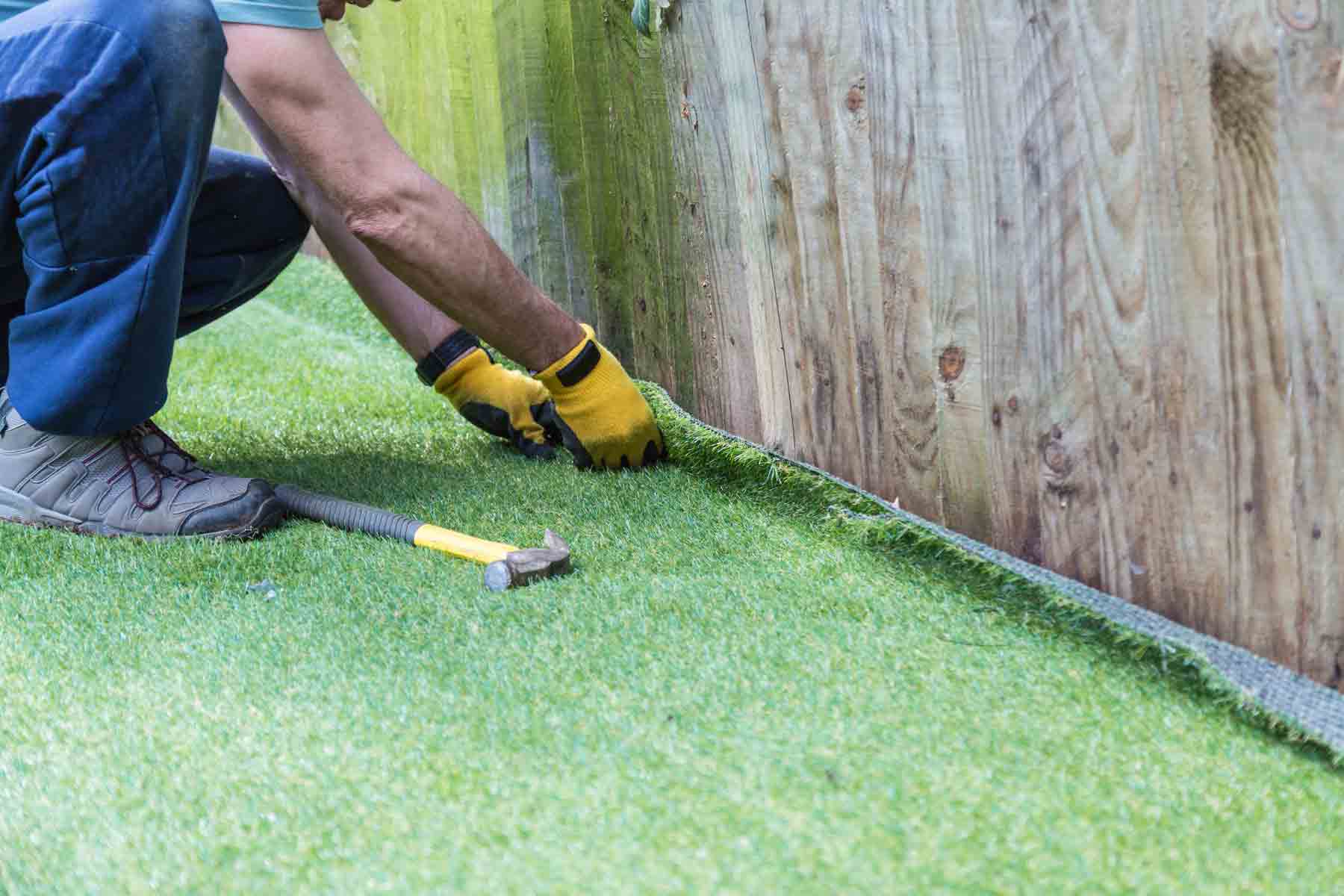

Garden Essentials
How Much Does Fake Turf Cost?
Modified: March 15, 2024
Find out the cost of fake turf for your garden and make an informed decision. Get the best prices and value for money with our comprehensive guide.
(Many of the links in this article redirect to a specific reviewed product. Your purchase of these products through affiliate links helps to generate commission for Storables.com, at no extra cost. Learn more)
Introduction
Having a lush and vibrant garden is a dream for many homeowners. However, maintaining natural grass can be time-consuming, expensive, and challenging, especially in regions with extreme weather conditions. This is where fake turf comes to the rescue! Fake turf, also known as artificial grass or synthetic turf, offers a cost-effective and low-maintenance alternative to natural grass without compromising on the aesthetics of your outdoor space.
But before you dive headfirst into the world of fake turf, it’s important to consider the cost implications. How much does fake turf actually cost? Well, the price of fake turf can vary depending on various factors such as the type of fake turf, the area to be covered, installation expenses, and ongoing maintenance requirements. In this article, we’ll explore these factors in detail and give you a better understanding of the potential costs associated with fake turf installation.
By the end of this article, you’ll have a clearer picture of the financial investment required to transform your garden with fake turf, allowing you to make an informed decision that best fits your budget and requirements.
Key Takeaways:
- Fake turf offers a low-maintenance alternative to natural grass, but costs vary based on turf type, area size, installation, and maintenance. Careful planning and budgeting can help create a beautiful, hassle-free garden.
- Factors such as turf type, square footage, installation, and maintenance impact the cost of fake turf. Research, compare prices, and plan ahead to make an informed and budget-friendly decision for your garden transformation.
Read more: How Much Does Fake Grass Cost?
Factors that Affect the Cost of Fake Turf
When it comes to determining the cost of fake turf, several factors come into play. Understanding these factors will help you get a better idea of what to expect in terms of expenses. Here are the primary factors that can impact the cost of fake turf:
- Type of Fake Turf: There are various types of fake turf available in the market, each with its own unique characteristics and price points. High-quality fake turf, typically made from durable materials and designed to closely mimic the appearance of natural grass, tends to be more expensive than lower-quality options. Additionally, specialized fake turfs, such as those designed for sports fields or putting greens, may also come at a higher cost due to their specific features and requirements.
- Square Footage: The size of the area you plan to cover with fake turf plays a significant role in determining the overall cost. The larger the area, the more materials you’ll need, which will increase the total cost. It’s important to accurately measure the square footage of your desired installation area to get an accurate estimate.
- Installation: The cost of installing fake turf can vary depending on factors such as labor expenses, site preparation requirements, and any additional materials needed for the installation process. Hiring a professional installer can ensure a proper and seamless installation but may come at a higher cost. DIY installation is an option to save money, but it requires time, effort, and the necessary skills to ensure a satisfactory outcome.
- Maintenance: While fake turf requires less maintenance compared to natural grass, some level of upkeep is still necessary. This includes occasional brushing to keep the fibers upright, cleaning to remove any debris or stains, and possibly applying antimicrobial treatments to prevent the growth of bacteria. The cost of maintenance products and equipment should be factored into your budget.
By considering these factors, you can gauge the overall cost of your fake turf project more accurately. It’s crucial to do your research, compare prices from different suppliers or installers, and carefully plan your budget to ensure you get the best value for your money.
Type of Fake Turf
When it comes to fake turf, there are various options available in the market, each with its own unique characteristics and price points. Understanding the different types of fake turf will help you make an informed decision based on your preferences and budget. Here are some common types of fake turf:
1. Nylon: Nylon fake turf is known for its exceptional durability and resilience. It can withstand heavy foot traffic and is often used for sports fields or high-traffic areas. Nylon turf has excellent fiber memory, meaning it will spring back into shape after being compressed. However, it tends to be one of the more expensive options.
2. Polypropylene: Polypropylene fake turf is a more cost-effective choice. While it is not as durable as nylon, it is still suitable for less frequently used areas of your garden. It is important to note that polypropylene does not handle heat well and can fade over time if exposed to direct sunlight.
3. Polyethylene: Polyethylene fake turf offers a natural look and feel, closely resembling real grass. It is soft and comfortable underfoot, making it an ideal option for residential lawns or backyard landscapes. Polyethylene turf is UV resistant, making it less prone to fading under sunlight. It strikes a good balance between durability and cost, making it a popular choice among homeowners.
4. Blade Height: Fake turf comes in various blade heights, ranging from shorter grass-like blades to longer, plush blades that mimic the appearance of well-manicured lawns. Blade height can affect the overall cost, with longer blades generally being more expensive. Consider the desired aesthetic and functionality of your fake turf when selecting the blade height.
5. Infill Material: Infill is used to provide stability, support, and proper drainage for fake turf. It is typically made from materials like silica sand, rubber, or a combination of both. The choice of infill material can impact the cost and performance of the turf. Rubber infills tend to be more expensive but offer superior shock absorption and durability.
When choosing the type of fake turf, it is essential to assess your specific needs and preferences. Consider factors such as durability, appearance, maintenance requirements, and budget. It is also advisable to consult with professionals or suppliers who can guide you in selecting the most suitable fake turf for your specific project.
Square Footage
The size of your project area is a crucial factor in determining the cost of fake turf. The more square footage you need to cover, the more materials and labor will be required, which will inevitably increase the overall cost. Therefore, accurately measuring the square footage of the area is essential for budget planning.
To calculate the square footage, start by measuring the length and width of the area in feet. Multiply the length by the width to get the total square footage. For irregularly shaped areas, break them down into smaller sections and calculate the square footage for each section separately. Then, sum up the individual square footages to obtain the total square footage.
It’s important to remember that fake turf is typically sold by the square foot or square meter. Knowing the exact square footage will help you determine the quantity of fake turf required for your project. You can then accurately estimate the cost based on the price per square foot or square meter provided by suppliers or installers.
Additionally, keep in mind that larger areas may require more preparation work before installing the fake turf. This can include removing existing vegetation, leveling the ground, and installing a proper drainage system. These additional steps can impact both material and labor costs, so it’s essential to factor them into your budget.
If you have a small project area, you may be able to save some money by purchasing remnants or leftover pieces of fake turf from previous installations. These remnants are often sold at a discounted price, making them a cost-effective option for smaller projects or patch repairs.
On the other hand, if you have a larger area or complex landscaping designs, you may need to hire professionals to help with the installation process. This can ensure a seamless and professional finish, but it will also add to the overall expenses. Obtaining multiple quotes from reputable installers will help you compare costs and choose the best option for your budget.
By accurately measuring the square footage of your project area and considering any additional preparation or professional installation requirements, you can better estimate the total cost of fake turf for your specific project.
Installation
Installing fake turf is a critical step in transforming your outdoor space into a beautiful and low-maintenance area. While some people may choose to install fake turf themselves, hiring a professional installer can ensure a proper and seamless installation. However, it’s important to understand the installation process and the associated costs before making a decision.
The installation process typically includes the following steps:
1. Site Preparation: Before installing fake turf, proper site preparation is necessary. This involves removing the existing vegetation, rocks, and debris from the area. The ground may also need to be leveled to ensure a smooth and even surface for the fake turf. The amount of site preparation required will vary depending on the condition of the area before installation.
2. Base Preparation: Once the site is prepared, a suitable base needs to be created to provide stability and drainage for the fake turf. This usually involves adding a layer of crushed stone or decomposed granite and compacting it to create a firm foundation.
3. Installation of Edging: Edging is typically installed around the perimeter of the fake turf area to prevent the edges from lifting and to create a clean, finished look. Common edging materials include plastic or metal strips that are securely anchored to the ground.
4. Artificial Grass Installation: The fake turf is then rolled out and carefully positioned over the prepared base. It is important to ensure that the turf is properly aligned and stretched to avoid creases or wrinkles. Seam joints may be required to connect multiple sections of fake turf.
5. Infill Application: Once the fake turf is installed, an infill material is applied to help support the blades and provide stability. The most common types of infill are silica sand and rubber granules. The amount of infill required will depend on factors such as the type of fake turf and the intended use of the area.
It’s worth noting that the specific installation process can vary depending on the manufacturer’s guidelines and the recommendations of the professional installer. The expertise of the installer plays a crucial role in ensuring a successful installation, so it’s important to choose a reputable and experienced professional if you decide to go that route.
In terms of cost, the price of installation typically includes labor, equipment, and any additional materials required for site preparation and installation. The installation cost can vary depending on the size and complexity of the project, as well as the region and the particular installer. Obtaining multiple quotes and comparing the services and prices of different installers will help you make an informed decision that fits your budget.
Whether you choose to install fake turf yourself or hire a professional, proper installation is key to achieving a long-lasting and visually appealing result for your outdoor space.
When considering the cost of fake turf, it’s important to factor in the quality, size of the area, and installation expenses. Research different options and get quotes from multiple suppliers to find the best value for your specific needs.
Read more: How Much Does Turf Grass Cost
Maintenance
One of the significant advantages of fake turf is its low-maintenance nature compared to natural grass. While fake turf requires less upkeep, some level of maintenance is still necessary to keep it looking its best and ensure its longevity. Understanding the maintenance requirements and associated costs will help you plan for the ongoing care of your artificial lawn.
Here are some essential maintenance tasks for fake turf:
1. Regular Brushing: Periodically brushing or raking your fake turf helps to keep the blades upright and prevent matting or compaction. This is especially important in high-traffic areas. A stiff-bristle brush or power broom can be used to remove any debris or leaves and maintain the turf’s natural appearance.
2. Cleaning: Fake turf can accumulate dirt, dust, and organic materials over time. Routine cleaning can help to maintain its cleanliness and prevent the growth of weeds or algae. A mild detergent solution or synthetic turf cleaner, along with water, can be used to spot-clean any stains or spills. The frequency of cleaning will depend on factors such as the local climate and the amount of use the area receives.
3. Dealing with Pet Waste: If you have pets, it’s essential to promptly remove solid waste and rinse the affected area with water to prevent odor and bacteria buildup. Artificial turf is designed to be pet-friendly and is often equipped with a specialized backing that allows for proper drainage. However, urine may cause some odor if left unattended. Regular rinsing with water or using a pet-friendly turf deodorizer can help mitigate these issues.
4. Weed and Moss Control: While fake turf is designed to resist weed growth, some stray weeds may still find their way through the turf. Regular inspection and manual removal of any weeds or moss are recommended. Applying an appropriate weed killer or moss treatment as needed can help keep the fake turf weed-free and clean.
5. Antimicrobial Treatments: To prevent the growth of bacteria and keep your fake turf sanitary, occasional application of antimicrobial treatments is suggested. These treatments help maintain the hygiene of the surface, especially in areas where children or pets play.
In terms of cost, the maintenance requirements for fake turf are comparatively lower than those for natural grass. The cost of maintenance products, such as cleaning solutions or antimicrobial treatments, should be factored into your budget. Additionally, if you prefer to outsource maintenance tasks, such as regular cleaning or professional grooming, hiring a professional turf maintenance service may incur additional costs.
Overall, the maintenance tasks for fake turf are relatively straightforward and do not require extensive time or effort compared to natural grass. By incorporating regular brushing, cleaning, and addressing any specific maintenance needs, you can ensure that your fake turf remains in excellent condition for years to come.
Additional Costs
When considering the cost of fake turf, it’s important to take into account any additional expenses that may arise during the installation and maintenance process. While these costs are not directly related to the purchase of fake turf itself, they are important factors to consider in your overall budget. Here are some common additional costs associated with fake turf:
1. Ground Preparation: Depending on the condition of the area where you plan to install fake turf, additional ground preparation may be necessary. This can include removing existing grass or vegetation, leveling the ground, or installing a proper drainage system. The cost of ground preparation will vary depending on the size and complexity of the project.
2. Accessories and Equipment: Depending on your specific needs and preferences, you may require additional accessories and equipment for your fake turf installation. This can include items such as weed barriers, adhesive tapes for seam connections, or specialized tools for installation. These additional items can add to the overall cost of the project.
3. Professional Installation: While installing fake turf yourself is an option to save money, hiring a professional installer can ensure a proper and seamless installation. The cost of professional installation will vary depending on factors such as the size of the project, the complexity of the landscaping design, and the rates charged by the installer. Obtaining multiple quotes from reputable installers will help you compare costs and choose the best option for your budget.
4. Maintenance Products and Equipment: While fake turf requires less maintenance compared to natural grass, there are still some maintenance products and equipment that may be needed. This can include cleaning solutions, brushes or rakes for grooming, pet deodorizers, and weed killers. The cost of these items should be factored into your maintenance budget.
5. Repairs and Replacements: Over time, fake turf may require repairs or replacements due to wear and tear or unexpected damages. This can include repairing seams, replacing damaged sections of turf, or addressing issues such as fading or matting. It’s important to consider the potential cost of future repairs or replacements when budgeting for fake turf.
It’s crucial to carefully consider these additional costs and factor them into your budget when planning for fake turf installation. Taking these expenses into account will help you have a more accurate estimate of the total investment required for your project.
By considering the various additional costs associated with fake turf, you can ensure that your budget covers not only the purchase of the turf itself but also all the necessary supplementary expenses. This will help you plan and manage your project more effectively and avoid any financial surprises along the way.
Price Range of Fake Turf
The cost of fake turf can vary widely depending on factors such as the type of turf, square footage, installation requirements, and overall quality. While it’s difficult to provide an exact price without specific project details, we can give you a general idea of the price range of fake turf.
On average, the price of fake turf can range from $5 to $20 per square foot. Keep in mind that this is just an estimate, and the actual cost can be higher or lower depending on the factors mentioned above. Here’s a breakdown of the price range based on different factors:
1. Type of Fake Turf: As mentioned earlier, different types of fake turf come with different price tags. High-quality turf made from durable materials and designed to closely resemble natural grass tends to be more expensive. Specialized turfs, such as those designed for sports fields or putting greens, can also be at the higher end of the price range.
2. Square Footage: The size of the area to be covered plays a significant role in determining the overall cost. Generally, the larger the area, the more materials and labor will be required, leading to higher costs. It’s important to accurately measure the square footage of your project area to get an accurate estimate of the total cost.
3. Installation: The cost of installation will vary depending on factors such as labor expenses, site preparation requirements, and any additional materials needed. DIY installation can save you money, but it requires time, effort, and the necessary skills. Hiring a professional installer may come with additional costs but can ensure a proper and professional finish.
4. Quality and Features: The overall quality of the fake turf, including factors like blade density, pile height, and backing materials, can impact the price. Turf with more features and a higher-quality construction tends to be more expensive but also offers better durability and long-term satisfaction.
5. Maintenance: While the cost of maintaining fake turf is generally lower than natural grass, it’s important to factor in the cost of occasional brushing, cleaning solutions, and other maintenance products. These ongoing expenses should be considered when evaluating the overall cost of fake turf.
To get an accurate price estimate for your specific project, it’s recommended to obtain quotes from different suppliers or professional installers. They can provide more detailed information based on your specific requirements and preferences.
Overall, when considering the price range of fake turf, it’s important to strike a balance between your budget and the desired quality and features. By doing thorough research, comparing prices, and planning ahead, you can make an informed decision and choose the best fake turf option that meets both your needs and your budget.
Conclusion
Fake turf offers a cost-effective and low-maintenance solution for homeowners looking to have a lush and vibrant garden without the hassle of maintaining natural grass. While the cost of fake turf can vary depending on factors such as the type of turf, square footage, installation requirements, and ongoing maintenance, it provides a long-term investment that can enhance the beauty and functionality of outdoor spaces.
When considering fake turf, it’s important to factor in various costs, including the initial purchase, installation, maintenance, and any additional expenses related to ground preparation or accessories. By accurately measuring the square footage of your project area, selecting the right type of turf for your needs, and considering maintenance requirements, you can better estimate the total cost and ensure a successful and budget-friendly installation.
Remember, professional installation can provide a seamless and professional finish, but it comes with additional costs compared to DIY installation. It’s crucial to compare quotes from different suppliers or installers to find the best balance between quality and price.
While fake turf requires less maintenance compared to natural grass, regular brushing, cleaning, and occasional treatments are necessary to keep it looking its best. It’s important to include the cost of maintenance products and equipment in your budget planning.
Ultimately, investing in fake turf can provide a beautiful and enduring solution for your outdoor space while reducing time, effort, and expenses associated with traditional grass lawns. By carefully considering the cost factors and selecting the right fake turf for your needs, you can create a stunning and low-maintenance garden that brings joy and beauty to your home for years to come.
So, take the plunge and transform your outdoor space with the convenience and beauty of fake turf. With proper planning, budgeting, and installation, you can enjoy the benefits of a vibrant and hassle-free garden that will be the envy of your neighborhood.
Frequently Asked Questions about How Much Does Fake Turf Cost?
Was this page helpful?
At Storables.com, we guarantee accurate and reliable information. Our content, validated by Expert Board Contributors, is crafted following stringent Editorial Policies. We're committed to providing you with well-researched, expert-backed insights for all your informational needs.
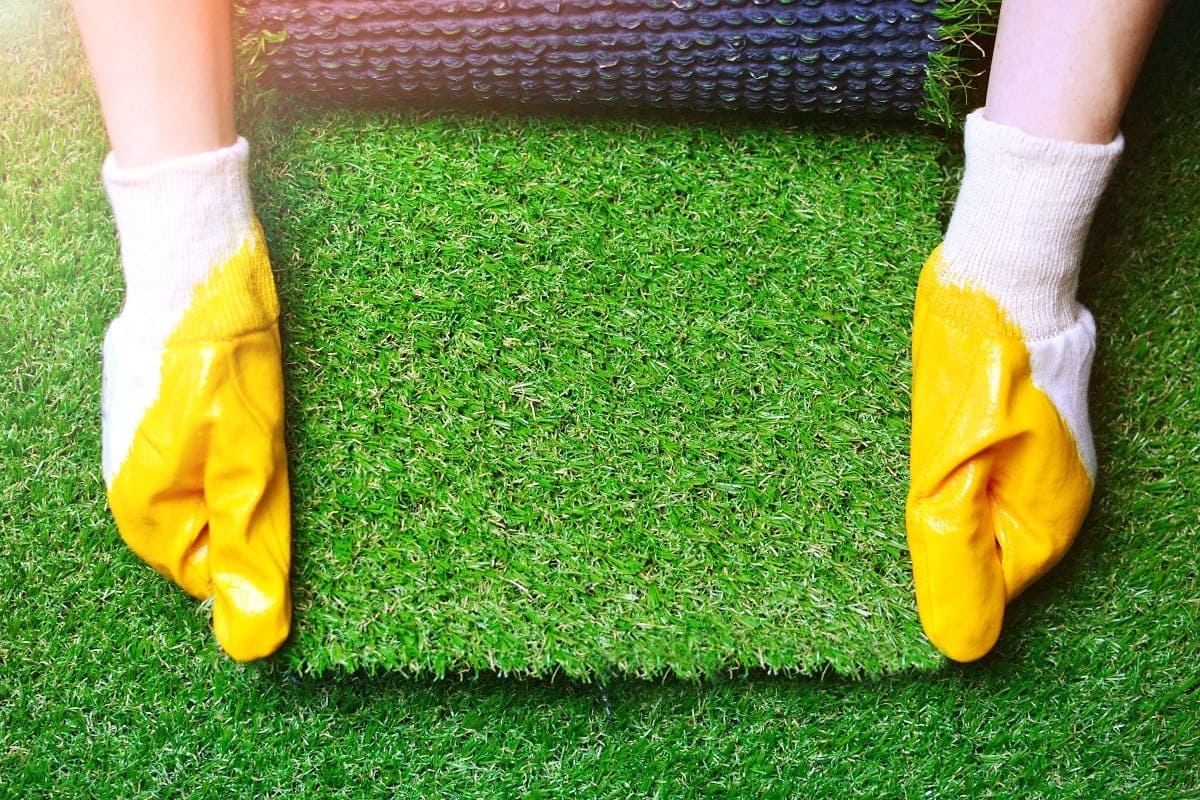

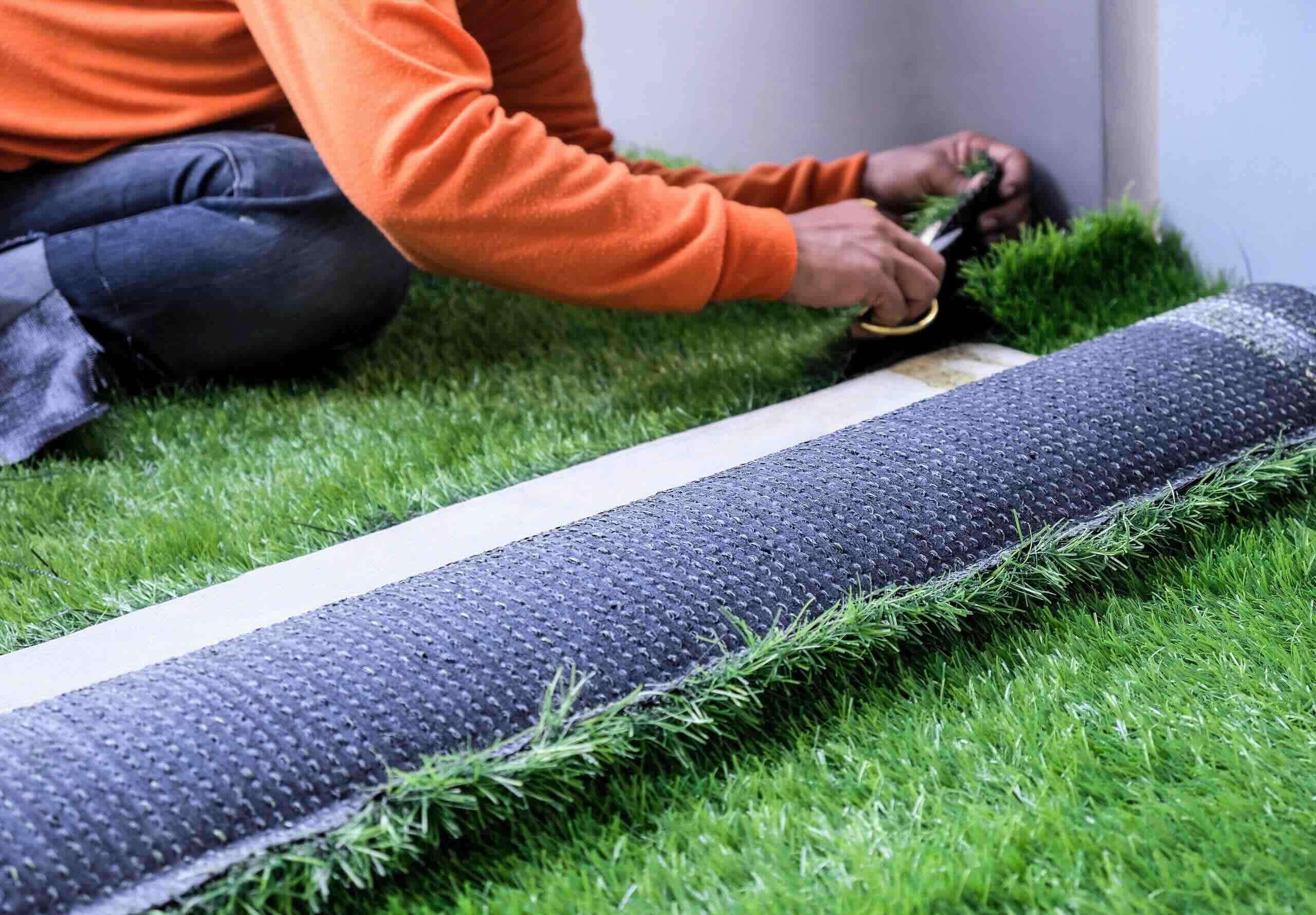
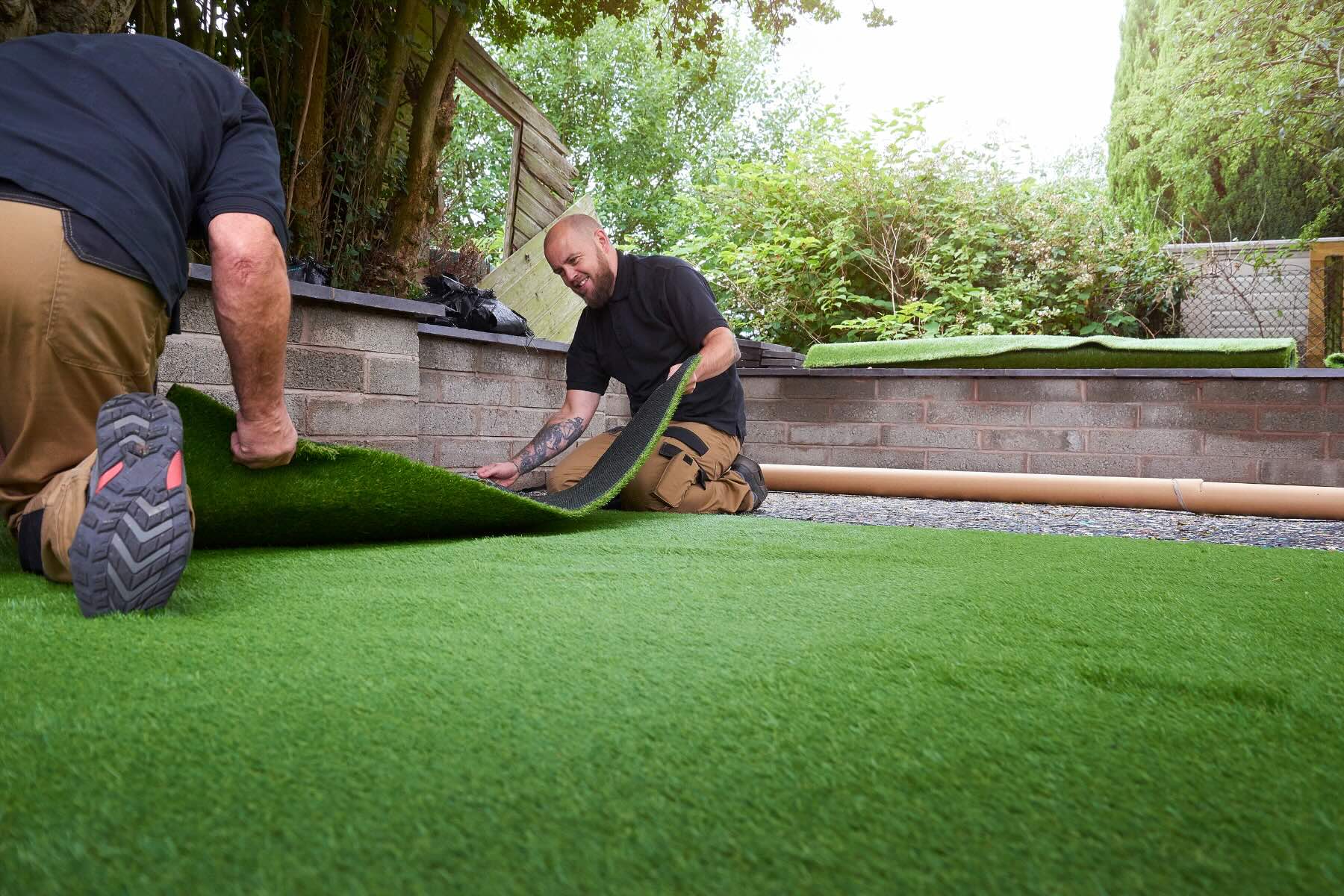
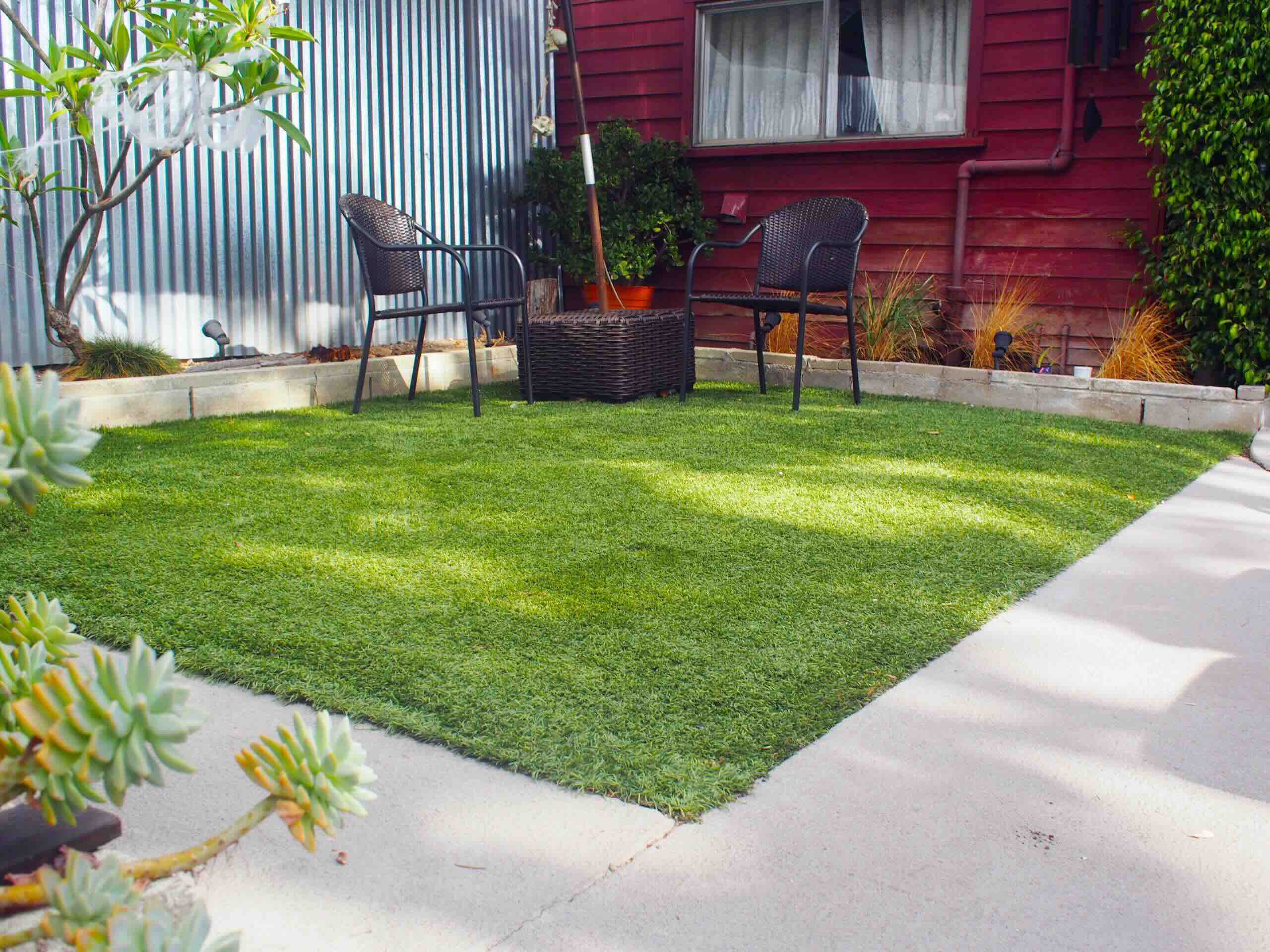
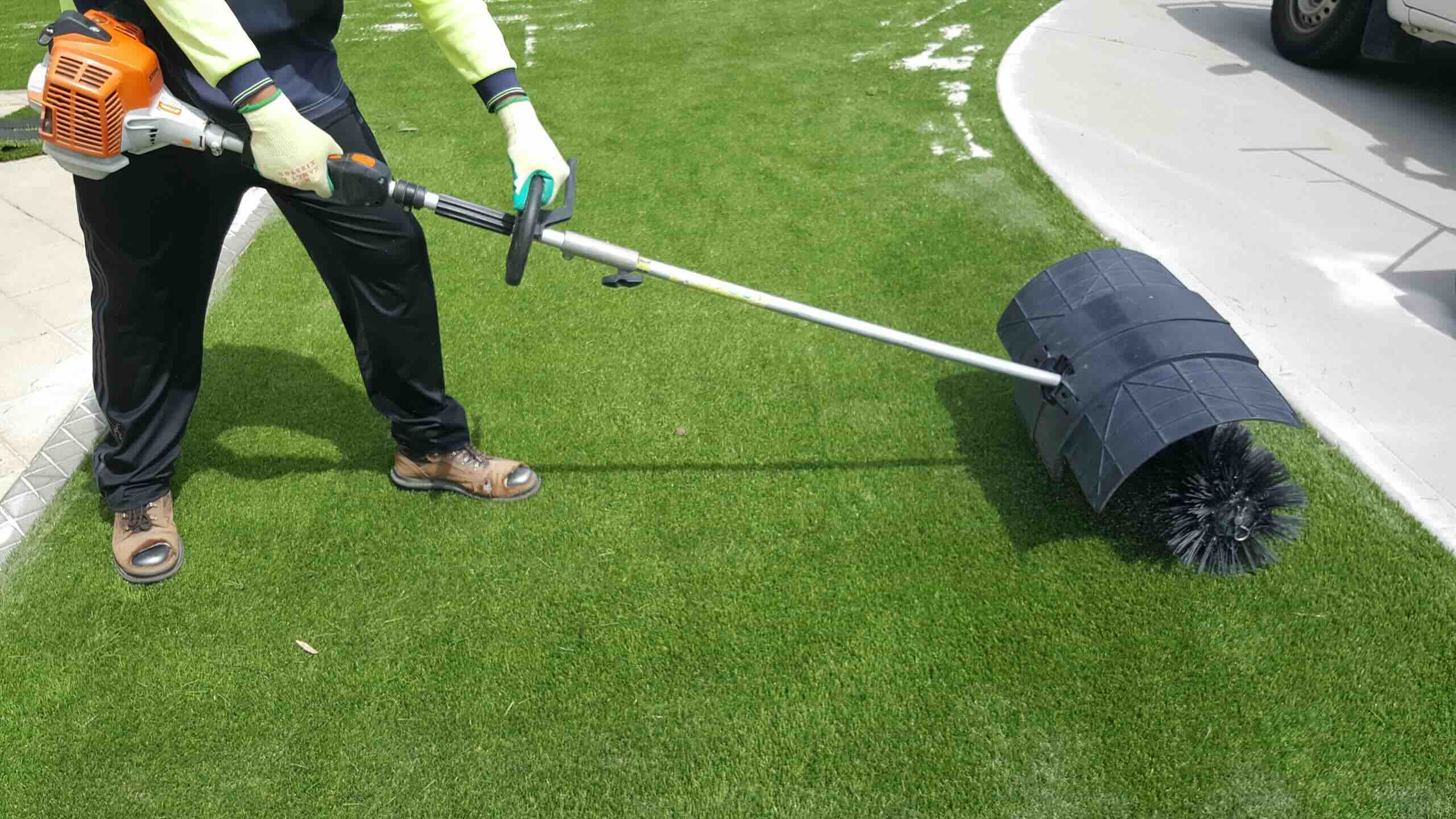
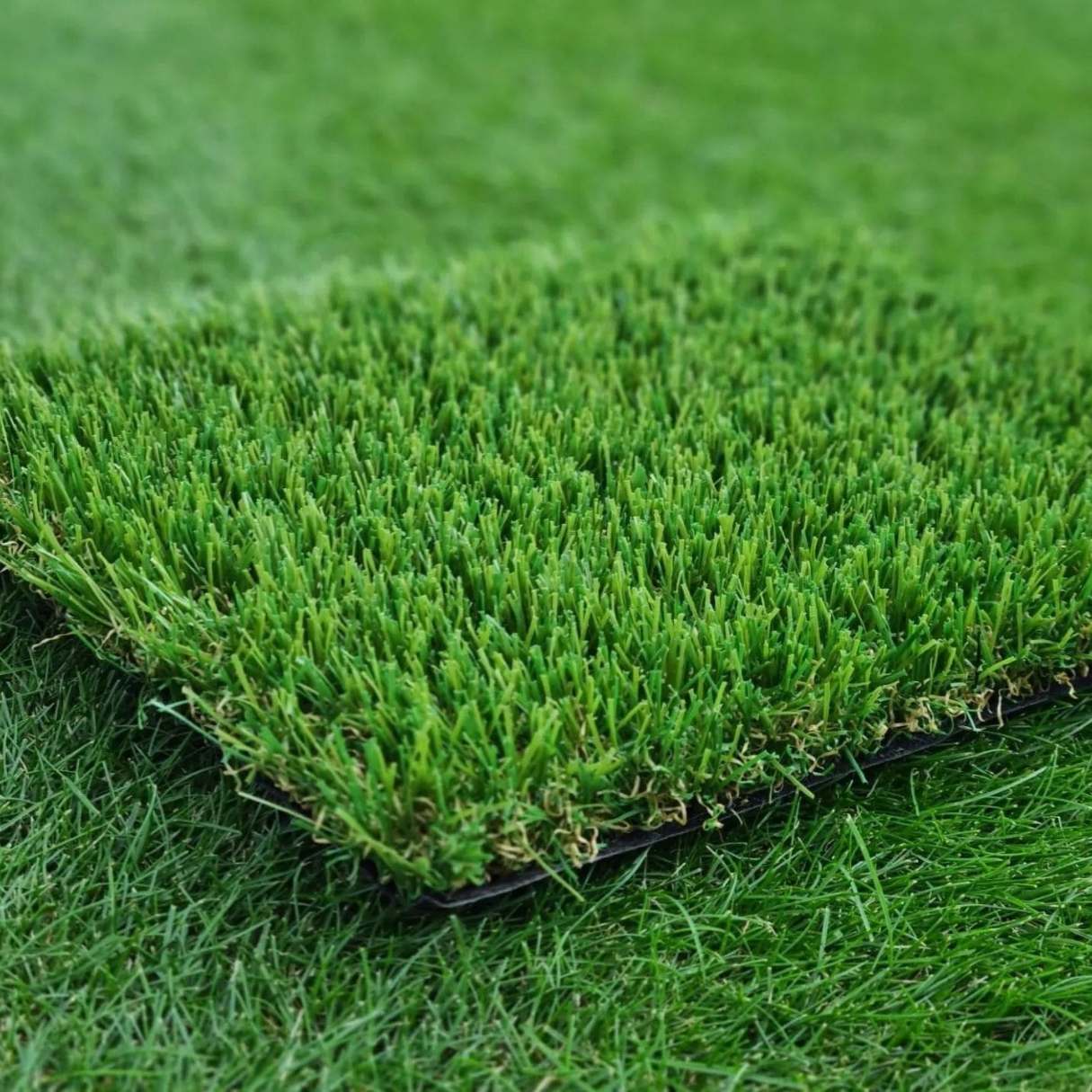

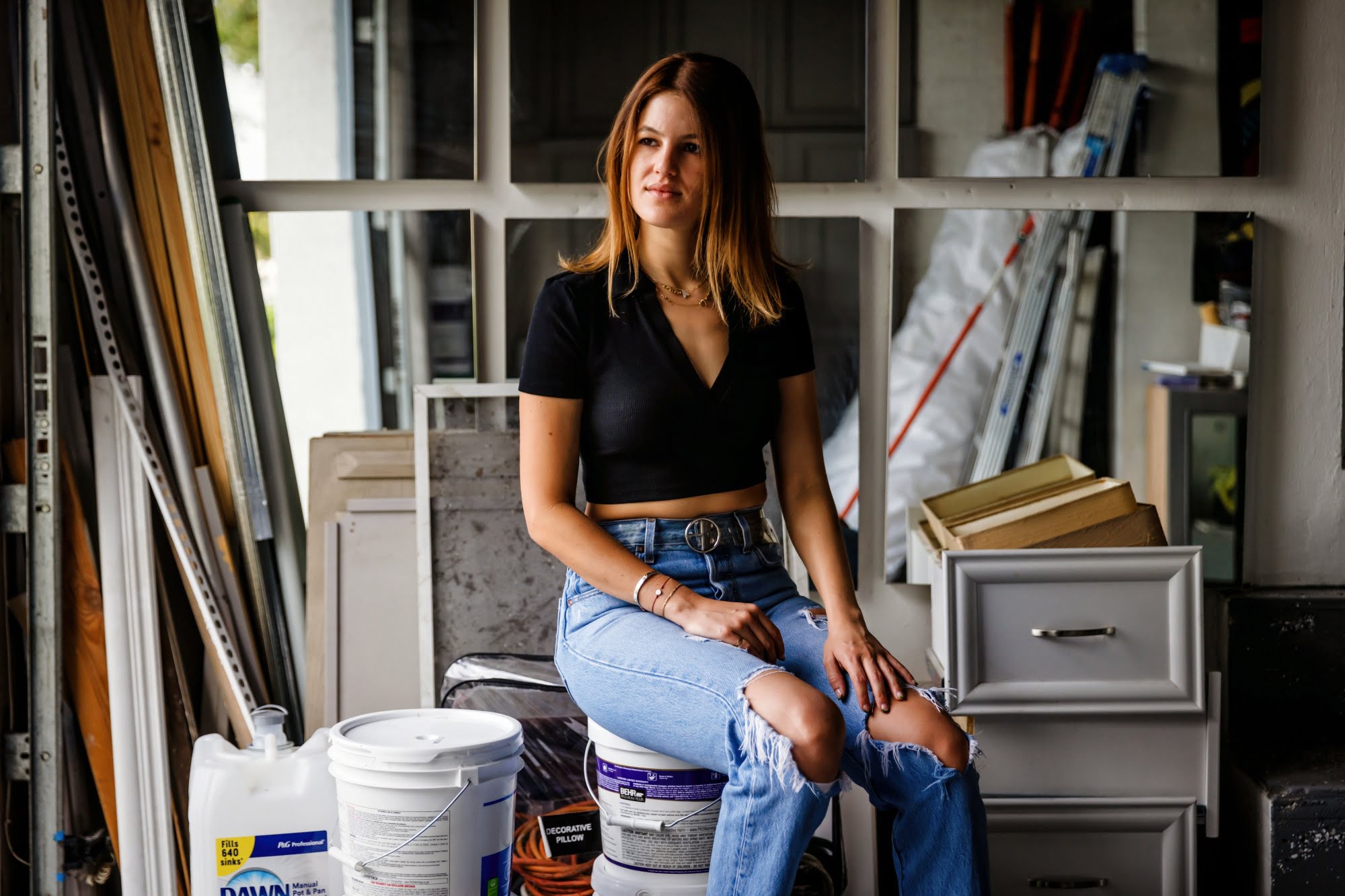
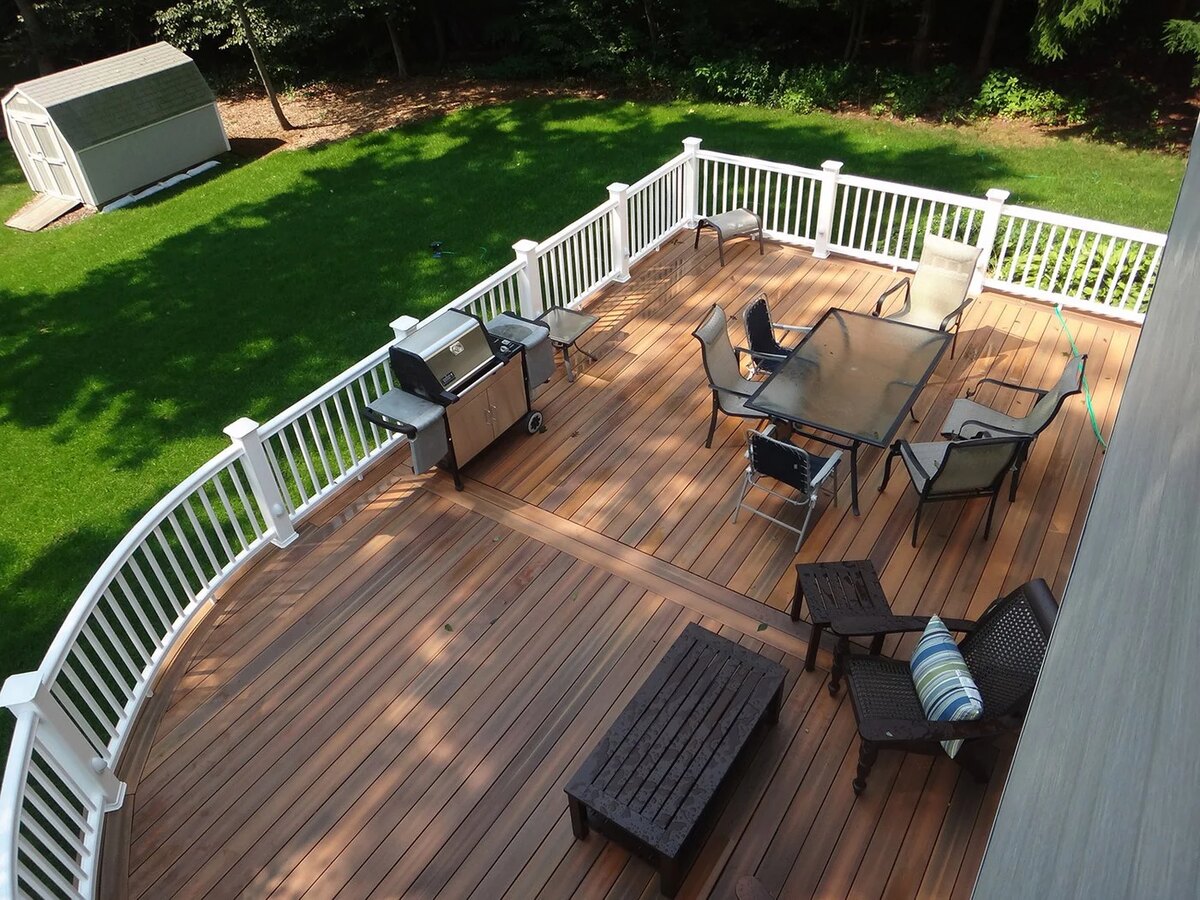
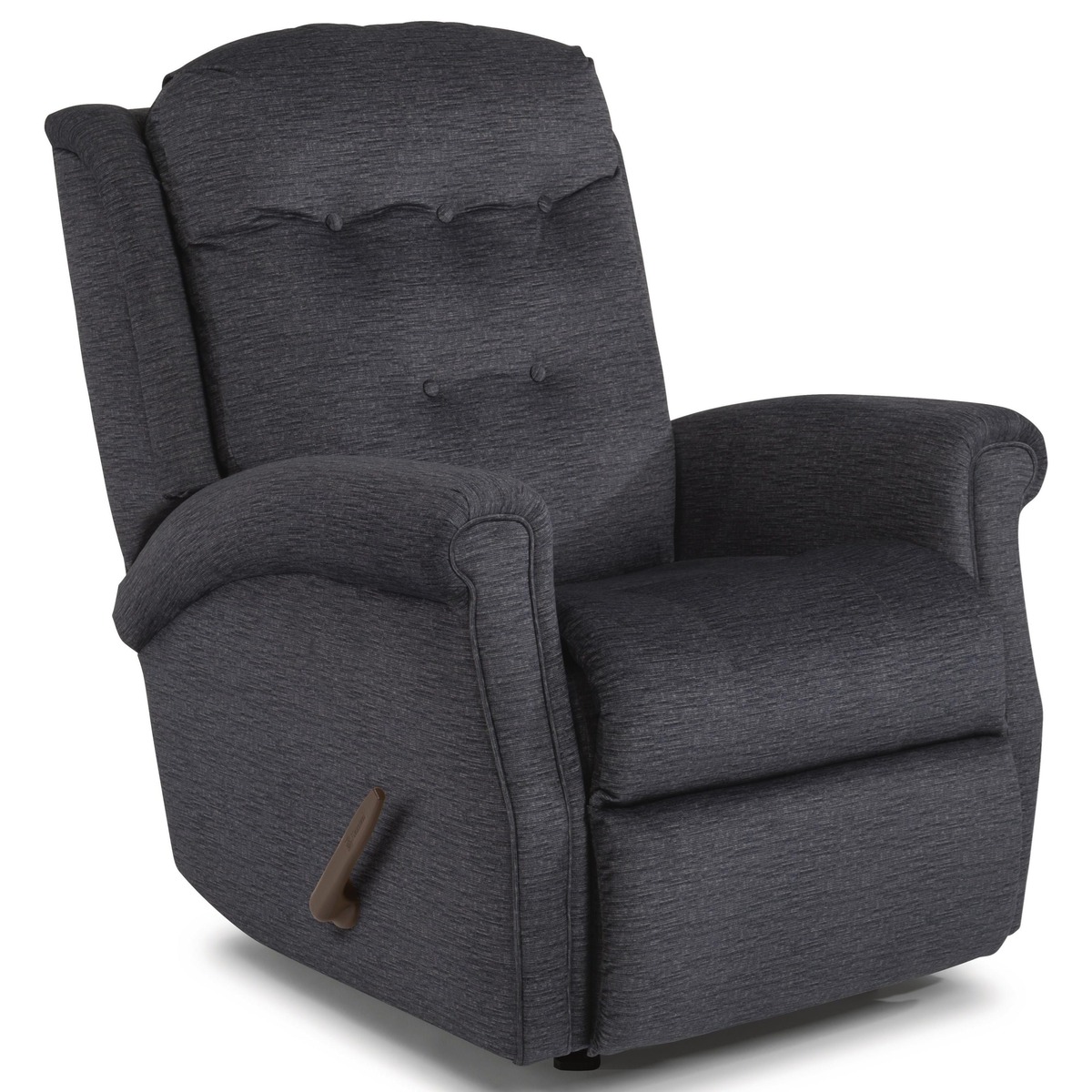
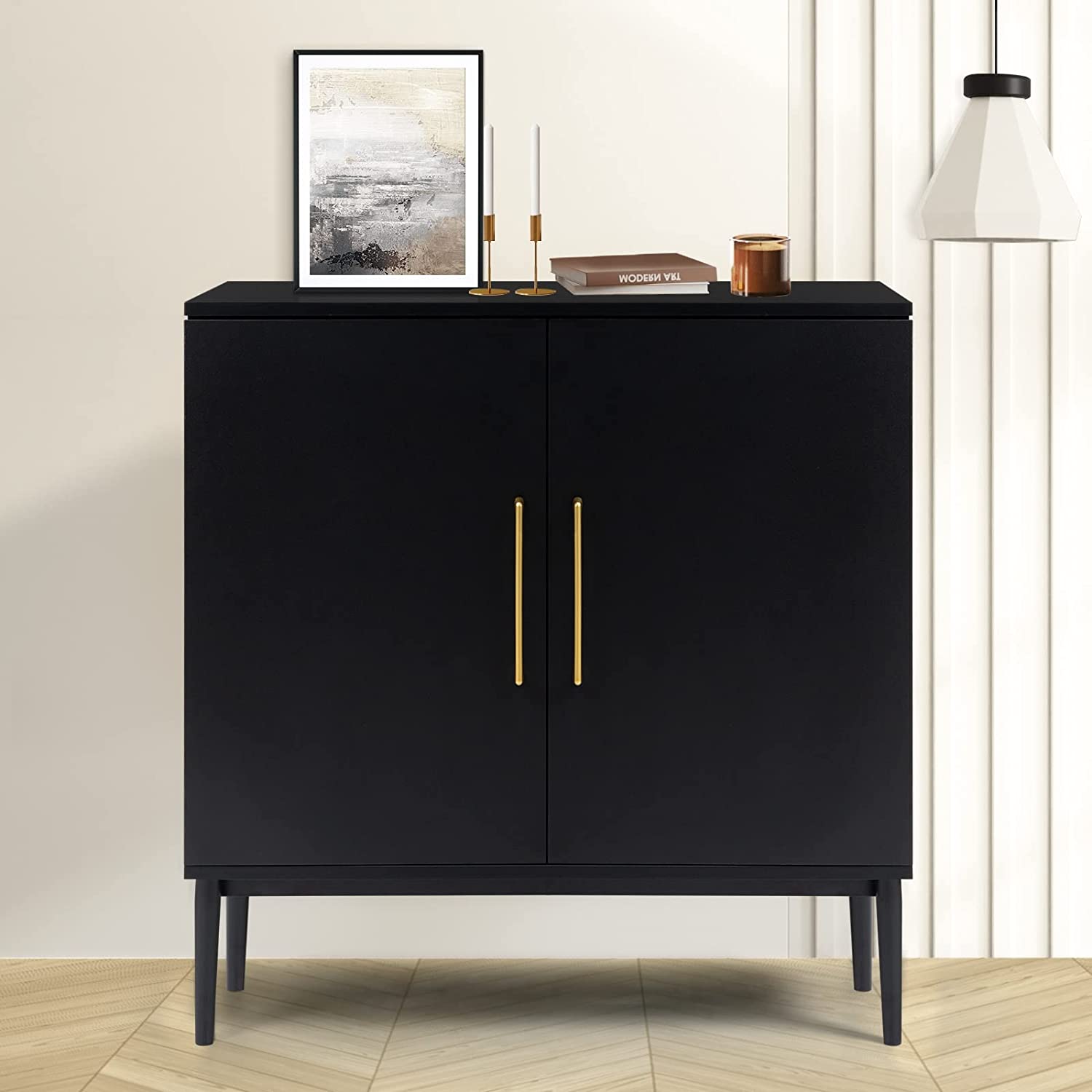
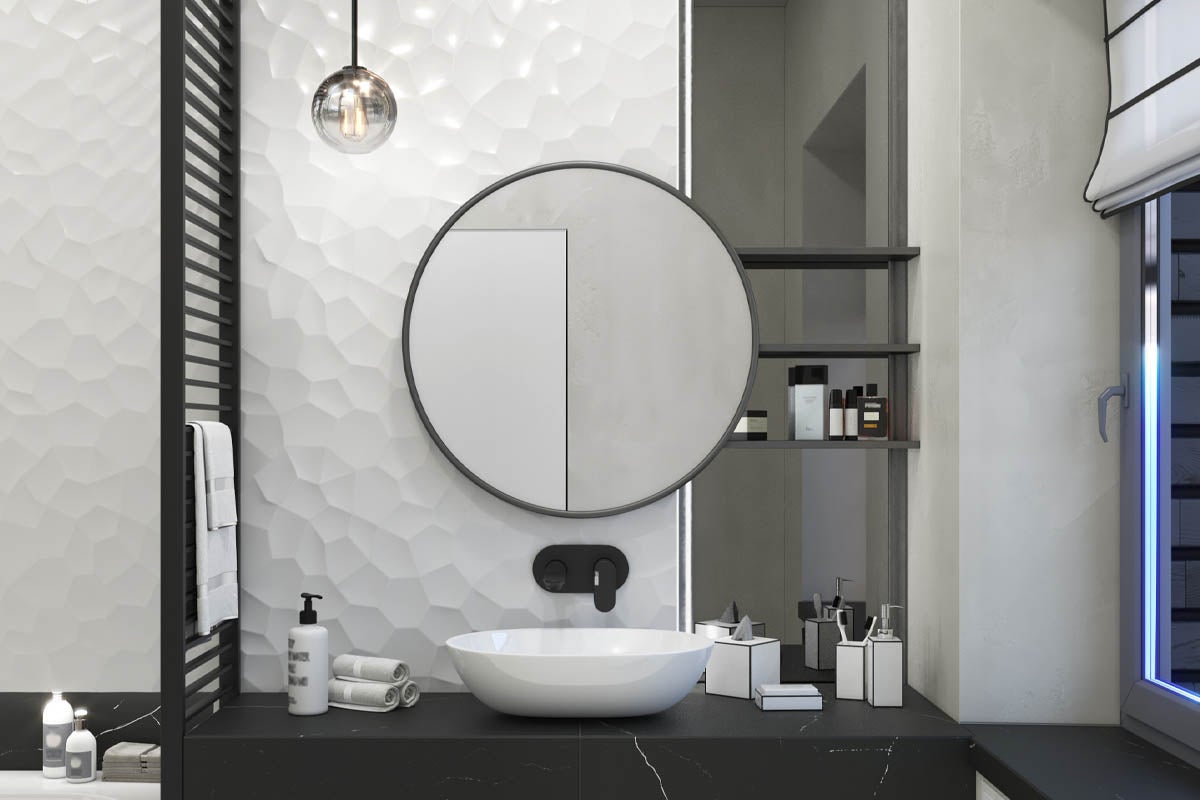
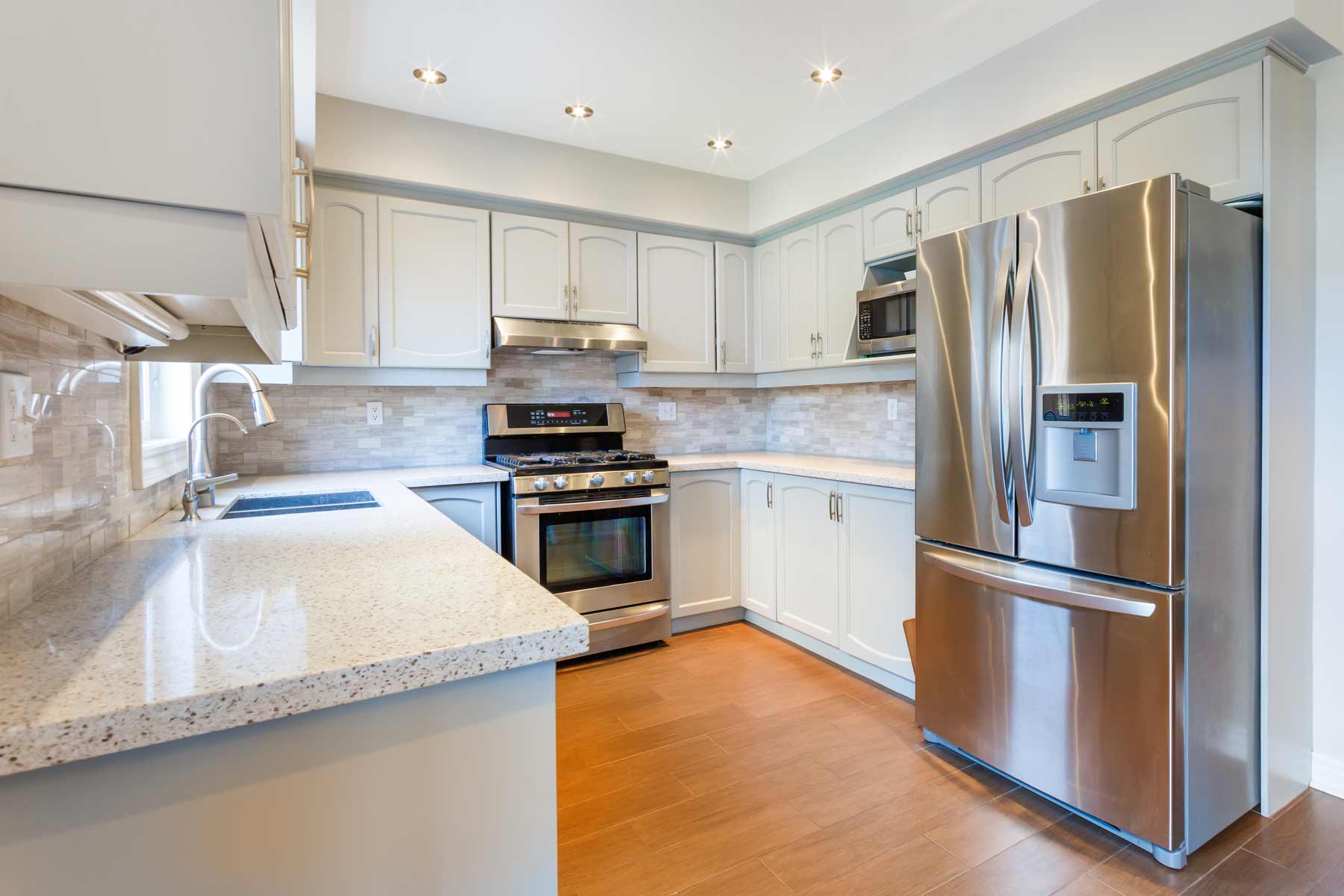

0 thoughts on “How Much Does Fake Turf Cost?”